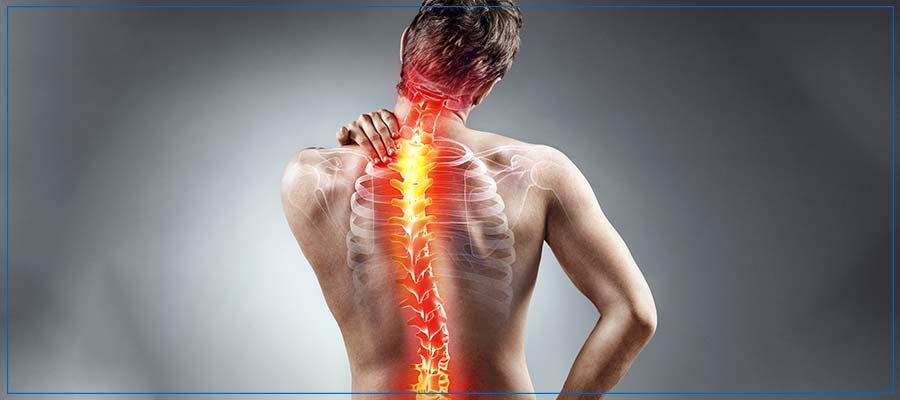Spinal stenosis is a condition that occurs when the spaces within your spine narrow, putting pressure on the nerves that travel through the spine. This narrowing can occur in the neck (cervical stenosis) or lower back (lumbar stenosis) and often leads to chronic discomfort, limited mobility, and in severe cases, nerve damage. Understanding the true nature of stenosis pain is key to finding relief and preventing its progression.
Symptoms of Stenosis Pain
The symptoms of spinal stenosis vary depending on the location and severity of the compression. In many cases, people don’t realize they have it until the pain begins to interfere with daily activities.
In lumbar stenosis, symptoms typically include:
-
Lower back pain that worsens when standing or walking
-
Leg pain or cramping, especially when walking (neurogenic claudication)
-
Numbness, tingling, or weakness in the legs or feet
-
Relief when sitting or leaning forward
In cervical stenosis, you may experience:
-
Neck pain or stiffness
-
Numbness or tingling in the arms, hands, or fingers
-
Muscle weakness in the upper limbs
-
Trouble with balance and coordination
Because stenosis affects the nervous system, symptoms can often mimic other conditions, which is why an accurate diagnosis from a specialist like Dr. Gautam Arora at NPMC is essential.
Common Triggers and Causes
Stenosis pain is usually caused by age-related changes in the spine. However, certain factors can accelerate its onset or make symptoms worse:
-
Degenerative Disc Disease: As we age, discs between the vertebrae lose hydration and shrink, reducing space in the spinal canal.
-
Osteoarthritis: This wear-and-tear arthritis leads to bone spurs, which can intrude into spinal space and press on nerves.
-
Herniated Discs: When disc material pushes out of place, it can compress nearby nerves.
-
Thickened Ligaments: Over time, ligaments in the spine may thicken and harden, reducing space in the spinal canal.
-
Spinal Injuries or Surgery: Past trauma or procedures on the spine can cause scarring and inflammation, contributing to stenosis.
-
Posture and Lifestyle: Long hours of sitting, poor posture, or excessive lifting can exacerbate compression in the spinal column.
-
Genetics and Congenital Factors: Some individuals are born with a naturally narrow spinal canal, increasing the risk of developing symptoms earlier.
Takeaway
Stenosis pain is more than just typical back discomfort—it’s a signal that your spinal nerves are under pressure. The good news is that with expert evaluation and targeted treatment at the Neurology and Pain Management Clinic, you can find meaningful relief. Dr. Gautam Arora and his team specialise in diagnosing and managing stenosis with a range of non-surgical options, helping you regain comfort and control over your life.
If you’re experiencing persistent back or neck pain, don’t ignore it. Early diagnosis and the right care can make a significant difference.



